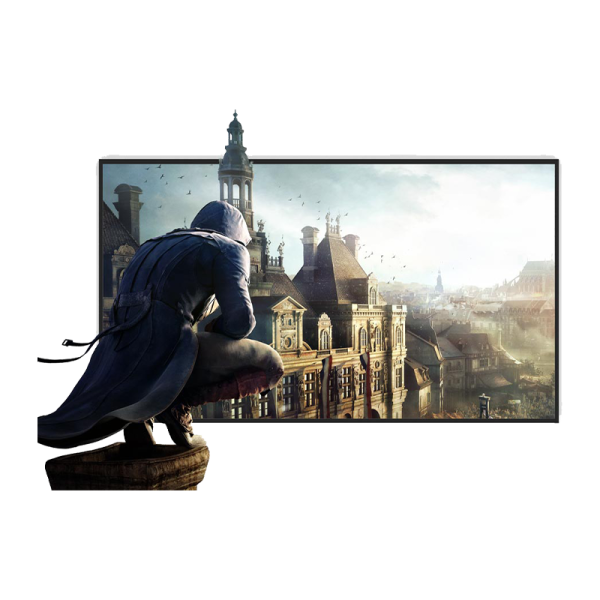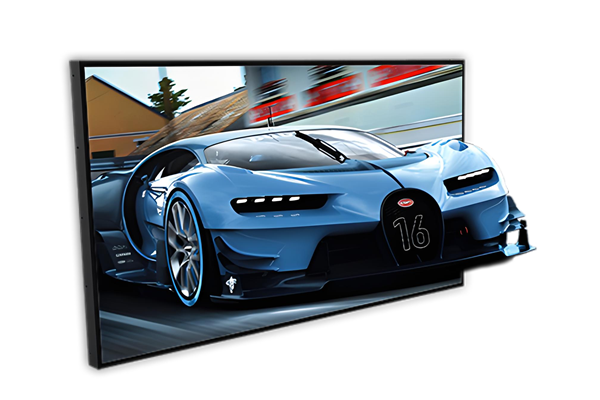In 2025, three major films—A Minecraft Movie, Avatar: Fire and Ash, and F1—are being released with immersive stereoscopic 3D effects. Although true glasses-free 3D technology remains mostly in prototype or high-end display form, these titles will debut in conventional 3D formats (using polarized or active-shutter glasses). Occasional demos of autostereoscopic viewing are appearing at select venues, pointing toward a future where eyewear could become optional.
Introduction
Cinema’s three-dimensional presentations began with polarized-lens systems and continue to evolve. Autostereoscopy, the eyewear-free approach, creates depth by sending different images to each eye via lenticular sheets, parallax barriers, or camera-based eye tracking. Several research groups have built experimental large-screen prototypes, and consumer electronics brands plan limited runs of glasses-free monitors. Yet, full-scale theater adoption has not happened. Meanwhile, blockbuster films continue to drive mainstream interest in 3D, even if they still rely on traditional glasses.

Movie Recommendations
1. A Minecraft Movie
The release date in the United States is April 4, 2025. Directed by Jared Hess with a screenplay crafted by a writing team, this adaptation brings the cubic landscapes and creatures of the popular game to life. The story follows a group of unlikely heroes who must navigate the block-built world and find their way home. Although audiences will wear standard 3D glasses in theaters, the film’s distinct visual style showcases how well such content could translate to future glasses-free platforms.
2. Avatar: Fire and Ash
Scheduled to premiere in North America on December 19, 2025, this third installment in the Avatar saga is again helmed by James Cameron. The narrative continues to explore the conflict and connection between humans and the Na’vi on Pandora, this time focusing on a clan known as the Ash People. While theaters will present the film in premium 3D formats that require glasses, the rich, layered environments and motion-capture effects hint at the immersive potential of autostereoscopic projection once it reaches practical maturity.
3. F1
Arriving in cinemas on June 27, 2025, and directed by Joseph Kosinski, F1 stars Brad Pitt as a former champion who returns to mentor a rising racer. The movie combines high-octane track sequences with character-driven drama. Standard 3D screenings use polarized or active-shutter glasses to heighten the sense of speed and force, but manufacturers are already testing pilot glasses-free showcases at motorsport events using specialized LED walls.
The State of Glasses-Free 3D
Eyewear-free 3D, or autostereoscopy, has been studied for decades but has only recently become feasible for larger audiences. Current implementations include:
- Lenticular or parallax-barrier displays that split pixels to deliver separate views, often seen in handheld gaming devices and niche monitors, though at reduced resolution.
- Eye-tracking systems that dynamically adjust the display to each viewer’s position, offering sharper images for one person at a time.
- Early volumetric and holographic screens that project true 3D forms but remain confined to research labs.
Despite these advances, projecting glasses-free 3D in a standard multiplex is still years away. Technical hurdles include the high pixel counts required, complex optical assemblies, and the need to serve many simultaneous viewers without degrading quality.
Conclusion
While genuine glasses-free 3D projection has not yet reached everyday theaters, the major 2025 releases—A Minecraft Movie, Avatar: Fire and Ash, and F1—demonstrate the enduring appeal of stereoscopic immersion. As display technology evolves from lab prototypes to premium desktop and select venue showcases, we may soon enjoy cinema experiences that dispense with glasses altogether. However, traditional 3D eyewear remains the bridge between filmmakers’ vision and audience immersion.





